The Sound of Silence – A Chucklesome Expedition: Delving Deep into the Enchanting, Hilarious, and Timeless Universe of Silent Cartoons. Enter a time machine and travel back to an age where silence crafted the foundation of laughter.
The world of silent cartoons weaves a beguiling tapestry of humor, ingenuity, and artistry, all without dialogue, foley, or music.
Let’s embark on a whimsical adventure to explore the fascinating world of silent animation, where the flickering images and the sound of silence speak louder than words ever could.
The Dawn of a Chucklesome Silent Era
Embark on a journey to the origins of silent cartoons, where French animator Émile Cohl’s pioneering work in creating the first animated film, Fantasmagorie, in 1908, takes center stage. This groundbreaking short captivated audience with its surreal humor and inventive storytelling, all achieved without relying on sound.
As the medium expanded, so did the array of characters that graced the silver screen. From the whimsical escapades of Winsor McCay’s Little Nemo to the endearing antics of Felix the Cat, silent cartoons enchanted audiences with their distinctive visual comedy.
This era of experimentation and development featured innovative techniques such as rotoscoping and cel animation, which established the foundation for the medium’s future.

The Power of Visual Comedy
Silent cartoons relied heavily on visual gags and slapstick humor to entertain audiences. The absence of sound compelled animators to devise creative ways of conveying emotions, situations, and punchlines solely through imagery. This challenge, in turn, gave birth to a host of unforgettable characters and scenarios that remain etched in our collective memory.
From the never-ending battles between cats and mice to the gravity-defying feats of early animated superheroes, silent cartoons were a veritable playground for the imagination.
The sight gags and physical comedy that emerged from this period continue to influence modern animation and comedy, with echoes of their ingenuity seen in contemporary cartoons and films.
The Ingenious Tools of the Trade
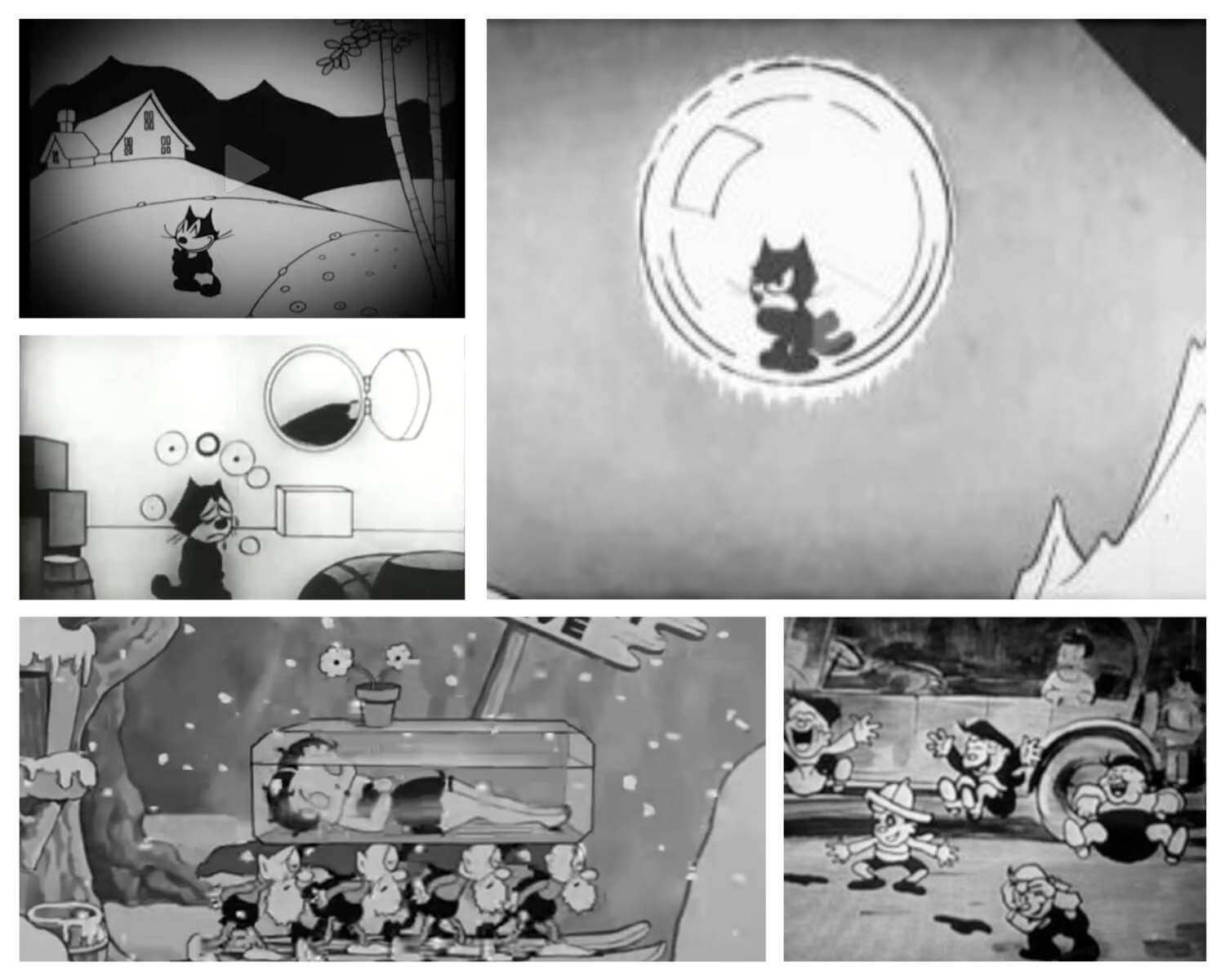
Producing silent cartoons required a meticulous combination of artistic and technical prowess. In an era before computers, artists and animators depended on traditional methods and inventive techniques to animate their stories.
They used hand-drawn animation, stop-motion photography, and other groundbreaking processes to generate engaging visuals that mesmerized audiences. Animators drew each frame by hand, photographed it, and assembled the images into a continuous film strip.
This laborious method infused silent cartoons with a charm and personality that resonate with viewers today.
The Transition to Sound
The arrival of synchronized sound in the late 1920s marked the beginning of a new chapter in animation. Walt Disney’s Steamboat Willie, released in 1928, introduced audiences to the iconic Mickey Mouse and heralded the dawn of the “talkies.”
Though the advent of sound forever changed the landscape of animation, the legacy of silent cartoons lives on. The humor, creativity, and ingenuity born from this era continue to shape the world of animation and inspire modern-day animators and storytellers.
Silent cartoons may have been consigned to the annals of history, but the echoes of their laughter still reverberate through the generations.
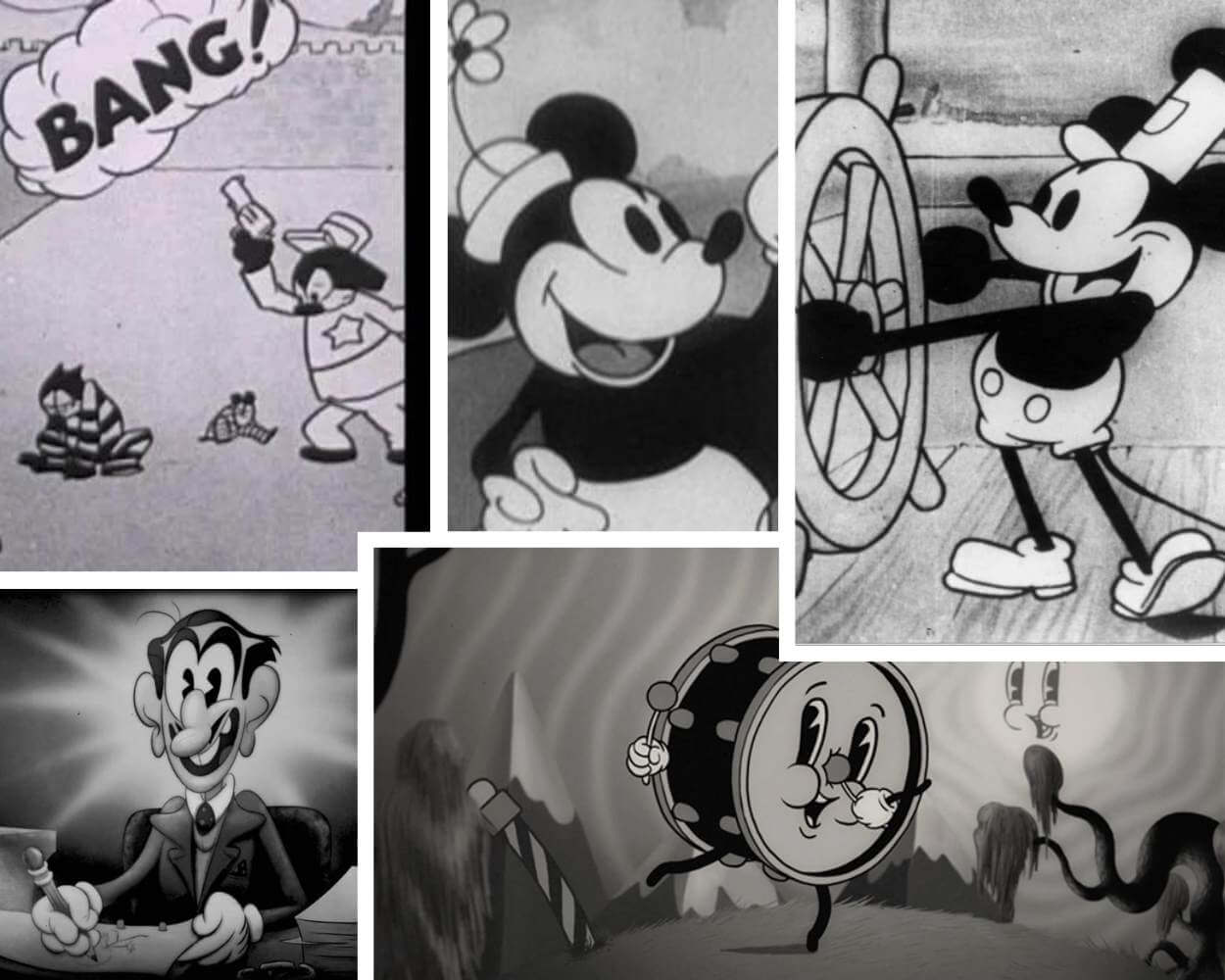
The Lasting Impact and Revival
The impact of silent cartoons is evident in various aspects of contemporary animation and filmmaking. From the slapstick humor in Looney Tunes to the evocative storytelling in Studio Ghibli’s masterpieces, creative techniques and visual storytelling from the silent era persist in leaving their mark.
In recent years, silent films and animation have experienced a resurgence of interest. The 2011 film, The Artist, a tribute to the silent era, garnered critical acclaim and revitalized interest in the genre.
Concurrently, silent animation has been reentered as modern animators pay tribute to the medium’s rich history through art installations, short films, and even GIFs shared on social media platforms.
The Silent Cartoons in Education and Art
Silent cartoons now serve as an educational tool and an art form in their own right. Film schools and animation programs regularly incorporate the study of silent cartoons into their curricula, recognizing the medium’s significant role in the history of animation and its contributions to the fundamentals of visual storytelling.
Furthermore, museums, galleries, and art festivals worldwide now exhibit silent cartoons as a vital aspect of cultural heritage. These displays preserve the legacy of early animators and offer contemporary audiences a fresh perspective to appreciate the beauty and artistry of silent cartoons.
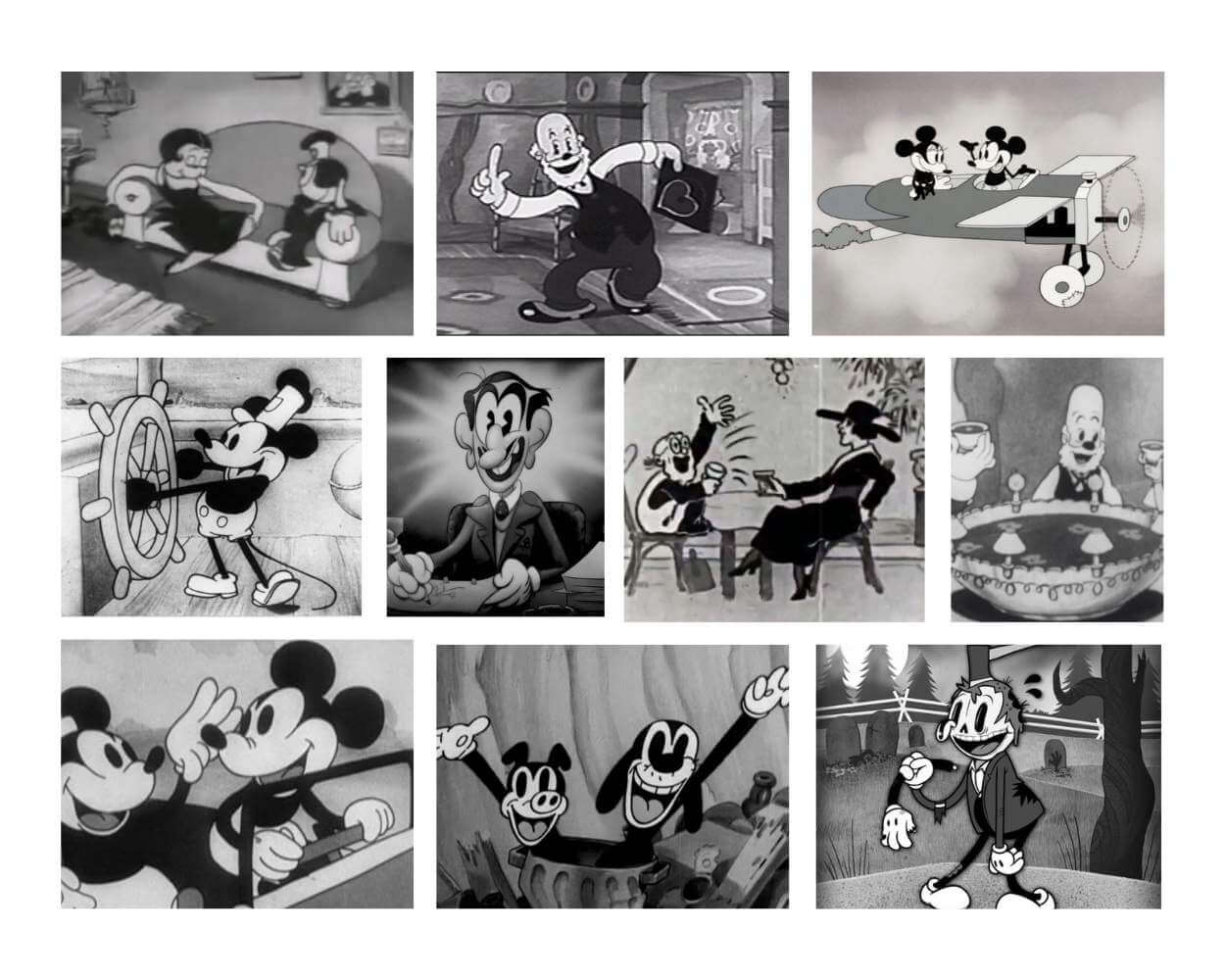
The Future of Silent Cartoons
As technology advances and new animation forms emerge, one might question what lies ahead for silent cartoons. Will they remain a nostalgic artifact of the past, or will they discover a renewed vitality in the digital age?
The response might be found in the ongoing fascination with silent cartoons and the lessons they teach us about the art of storytelling. Their legacy will endure as long as animators, filmmakers, and audiences continue to appreciate silent cartoons’ timeless charm and unique humor.
In a world where technology can often inundate our senses, the silent cartoons of the past serve as a gentle reminder of the beauty of simplicity and the potency of visual storytelling.
Through the wit, artistry, and inventiveness of silent cartoons, we are reminded that sometimes, the most profound messages can be conveyed without uttering a single word.
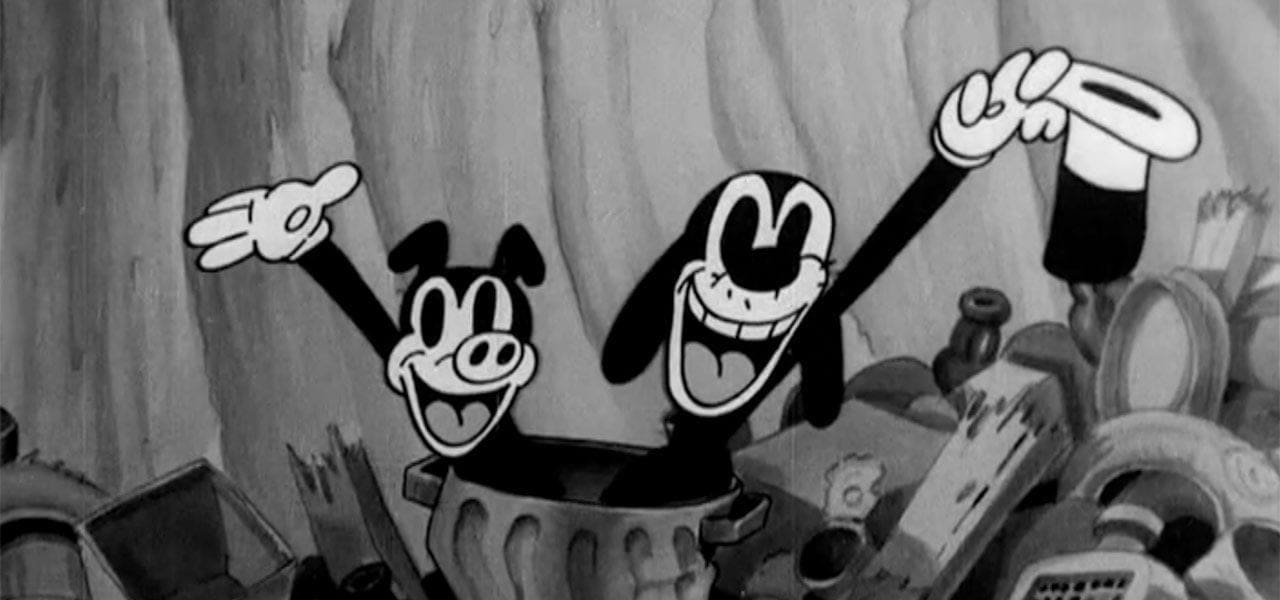
Silent Cartoons and Todays GIFs and MEMEs
Silent cartoons and today’s internet memes and GIFs share similarities in their intended purpose and influence on audiences. Like silent cartoons, memes and GIFs aim to entertain, communicate a message, and elicit viewers’ responses.
Nonetheless, silent cartoons diverge from memes and GIFs in terms of their enduring cultural significance and longevity. While memes and GIFs typically serve as fleeting sources of amusement, silent cartoons have a lasting legacy that has persisted for over a century. The influence of silent cartoons on the growth of animation and filmmaking cannot be overstated, and they continue to inspire contemporary animation.
Furthermore, silent cartoons were meticulously crafted with artistic and technical expertise, whereas memes and GIFs can be rapidly created with digital tools. While this makes memes and GIFs more accessible and easily shareable, they also often lack the same complexity and substance as silent cartoons.
Here is a list of some classic silent cartoons, their release years, and filmmakers:
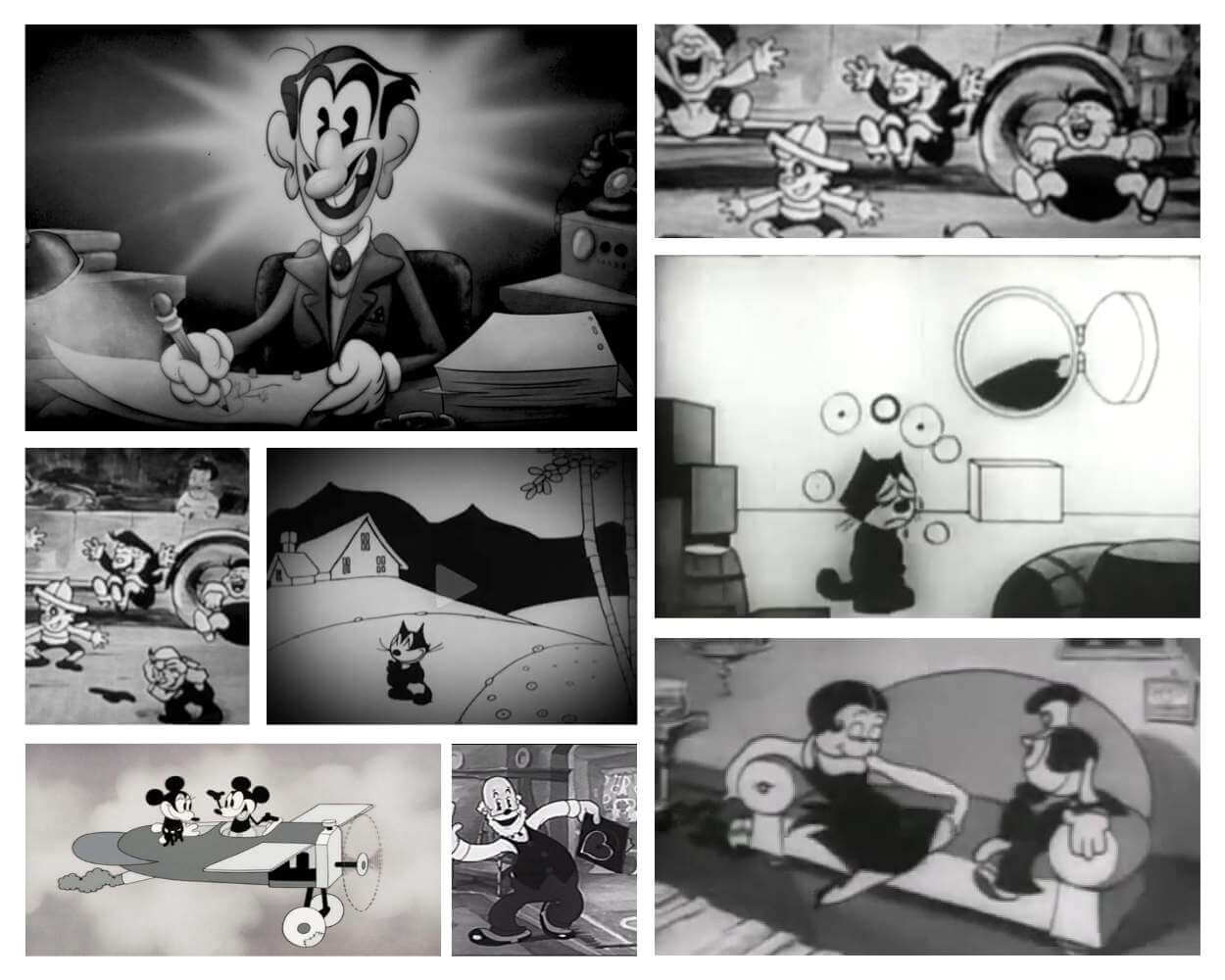
- The Enchanted Drawing (1900) – J. Stuart Blackton
- Humorous Phases of Funny Faces (1906) – J. Stuart Blackton
- Dream of a Rarebit Fiend (1906) – Edwin S. Porter and Winsor McCay
- Fantasmagorie (1908) – Émile Cohl
- Little Nemo (1911) – Winsor McCay
- Gertie the Dinosaur (1914) – Winsor McCay
- Bobby Bumps Starts for School (1917) – Earl Hurd (featuring Bobby Bumps)
- The Sinking of the Lusitania (1918) – Winsor McCay
- Feline Follies (1919) – Otto Messmer (featuring Felix the Cat)
- The Tantalizing Fly (1919) – Max Fleischer (featuring Koko the Clown)
- Out of the Inkwell (1921) – Max Fleischer (featuring Koko the Clown)
- Aesop’s Film Fables (1921-1929) – Paul Terry and John Foster (various animated adaptations of Aesop’s fables)
- Crazy Cat Series (1925-1927) – Vernon Stallings, George Herriman, and Bill Nolan (featuring Crazy Cat)
- Alice’s Wonderland (1923) – Walt Disney (the first film in the Alice Comedies series)
- Felix in Hollywood (1923) – Otto Messmer (featuring Felix the Cat)
- The Adventures of Prince Achmed (1926) – Lotte Reiniger (a German silhouette animation)
- Oswald the Lucky Rabbit (1927) – Walt Disney and Ub Iwerks (the first film in the Oswald the Lucky Rabbit series)
- Koko’s Earth Control (1928) – Dave Fleischer (featuring Koko the Clown)
- Plane Crazy (1928) – Walt Disney and Ub Iwerks (featuring Mickey Mouse; initially released as a silent film)
- The Skeleton Dance (1929) – Walt Disney (the first film in the Silly Symphonies series; although released with synchronized sound, it mainly relies on visual storytelling)